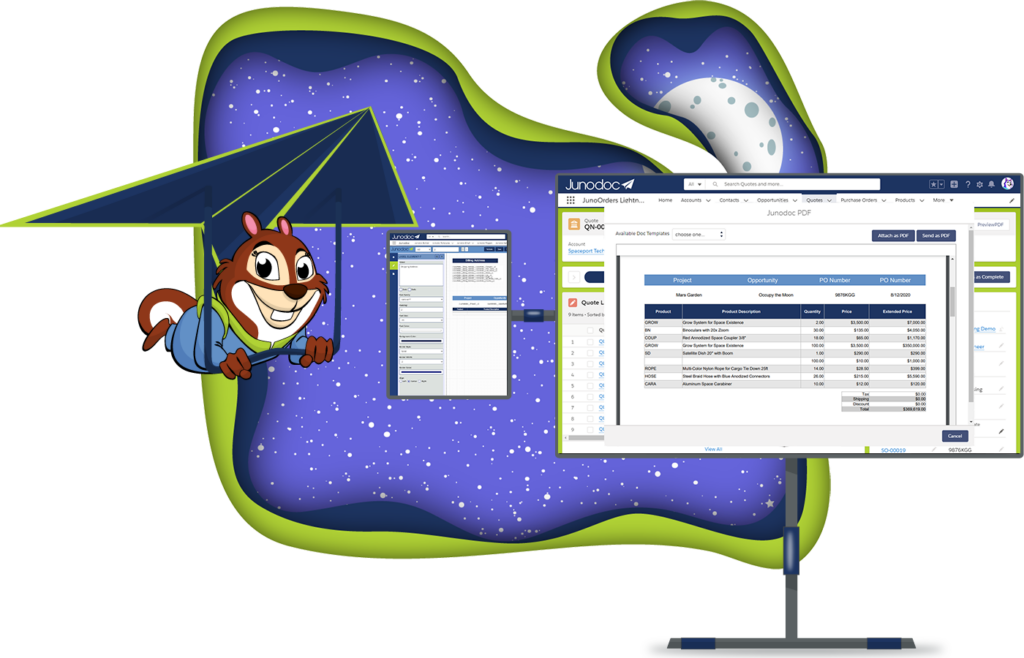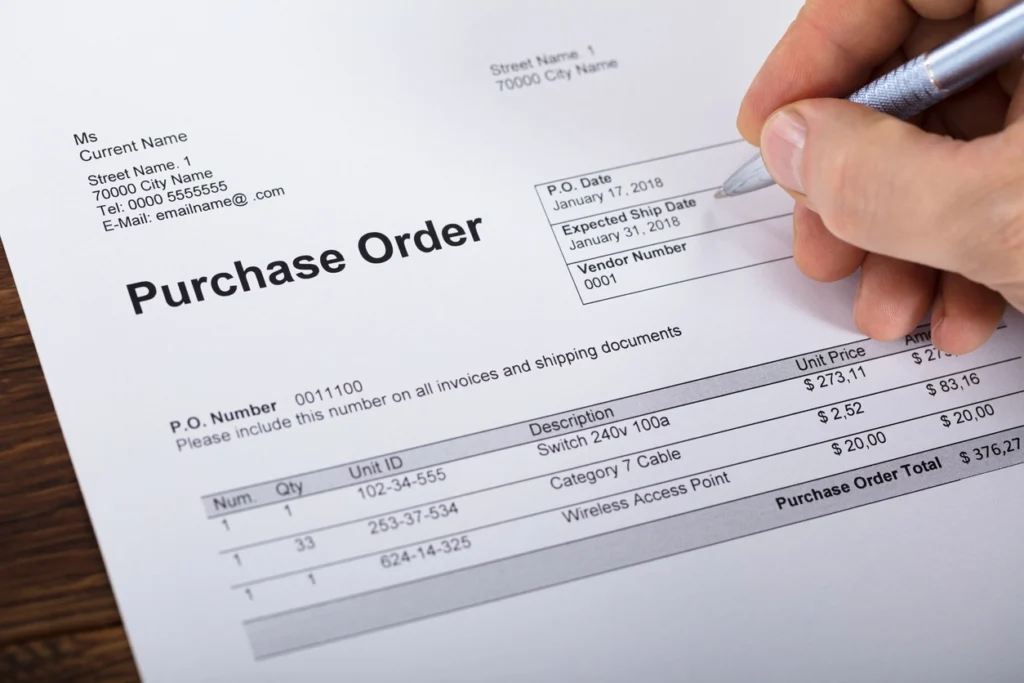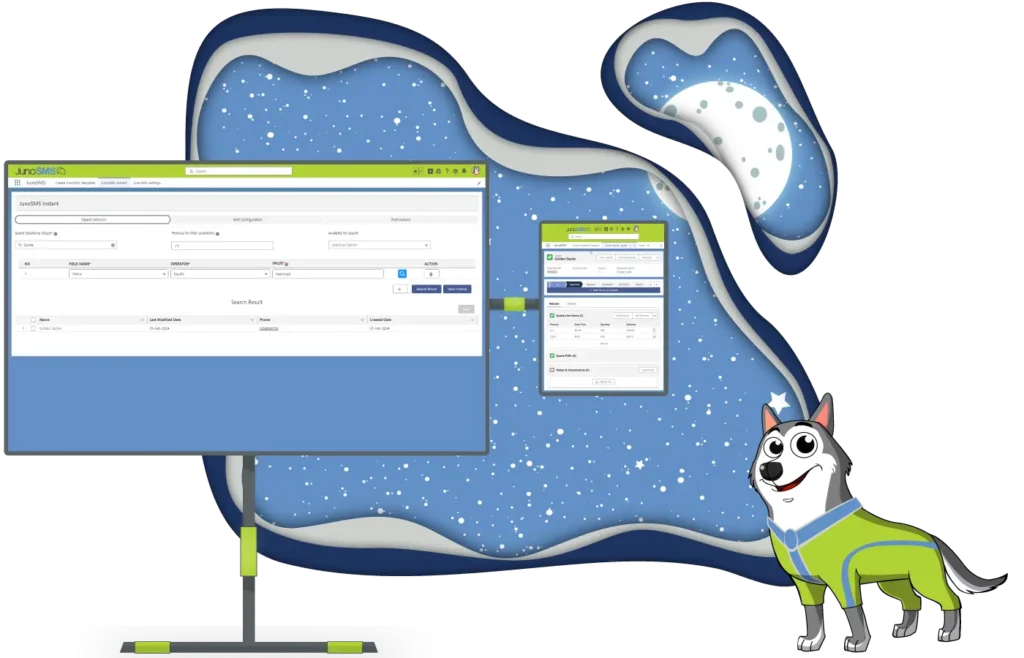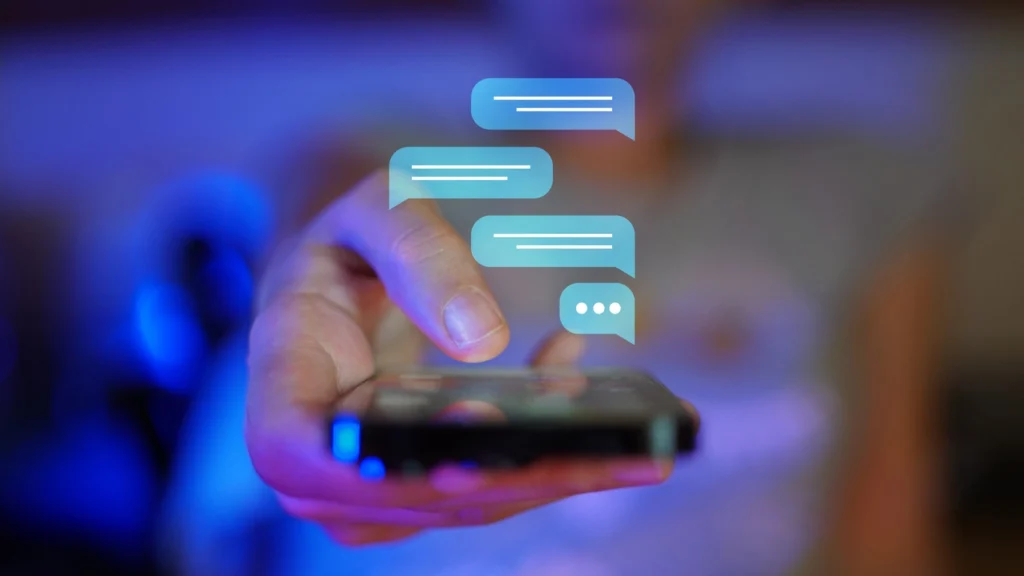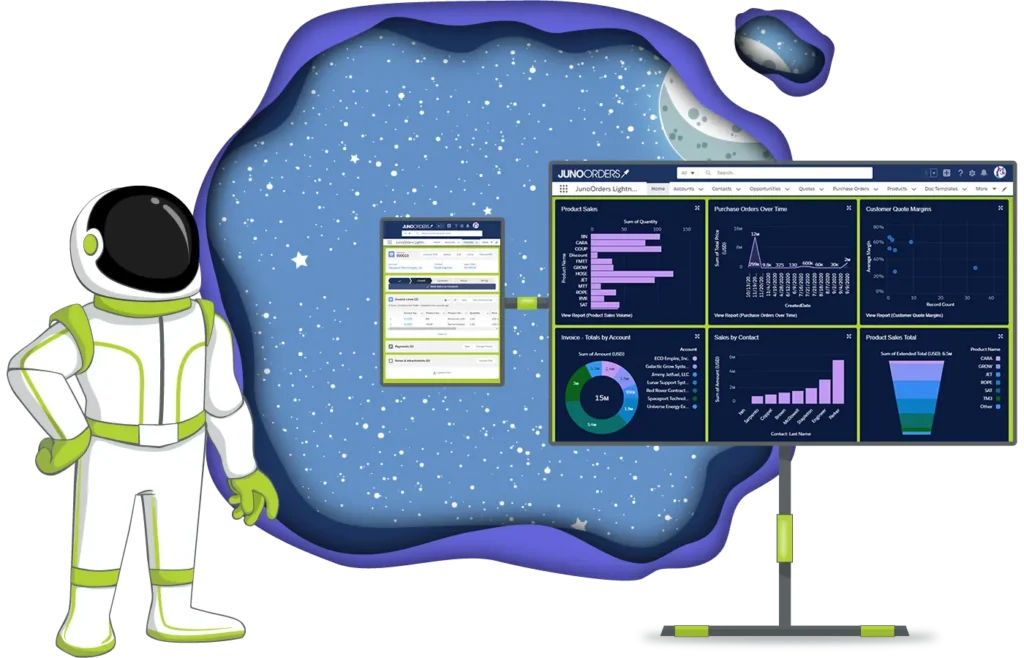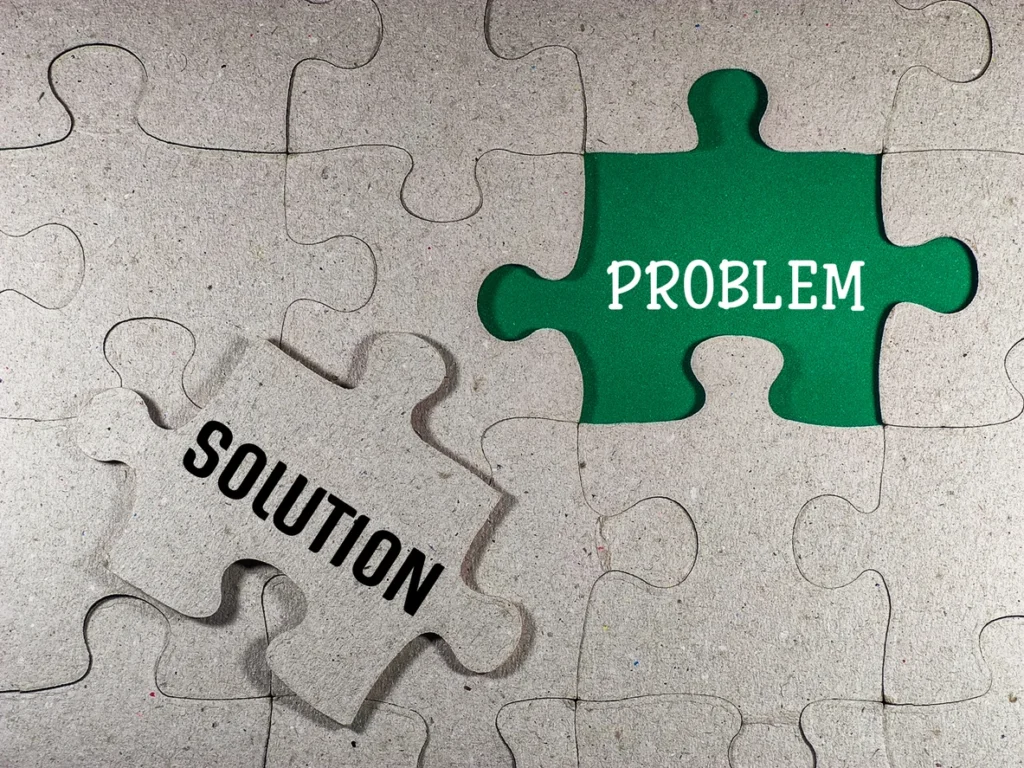Okay, let’s break this down. “Document generation” might sound like a boring corporate buzzword, but trust me, it’s actually pretty awesome. It’s like having a personal assistant who’s a whiz at creating all those important documents you need, from contracts and proposals to reports and invoices.
But this isn’t your grandma’s typewriter. We’re talking about high-tech software that automates the entire process, saving you precious time and brainpower. It takes all that tedious data entry, copying, and pasting, and does it for you in a flash.
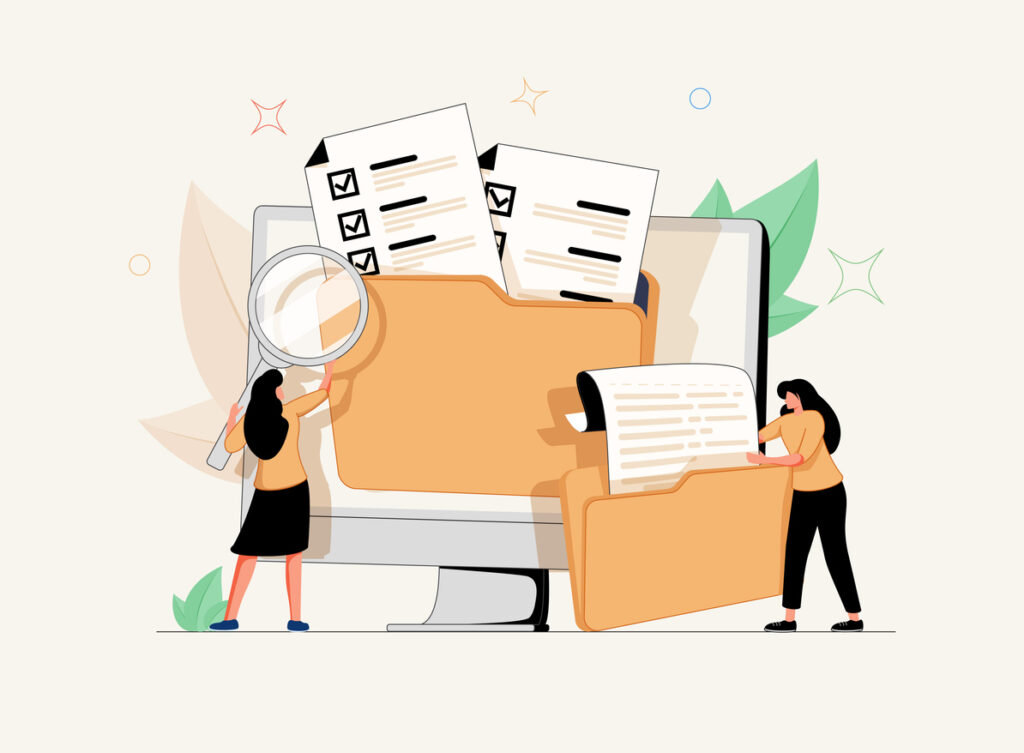
Think of Document Generation Like This:
Imagine you’re baking a cake. Document generation is like having a magical cookbook that not only gives you the perfect recipe but also measures out the ingredients, mixes the batter, and even pops the cake in the oven for you. All you have to do is sit back, relax, and enjoy the delicious results.
What Kind of Documents Can You Whip Up?
The possibilities are practically endless! Here’s a taste of what document generation can handle:
- Sales: Proposals, quotes, contracts, account summaries
- Marketing: Reports, brochures, presentations, case studies
- Customer Service: Personalized emails, onboarding documents, account statements
- Legal: Contracts, agreements, compliance documents
- Finance: Invoices, purchase orders, expense reports
And that’s just the tip of the iceberg!
But How Does It Actually Work?
The tech behind document generation might sound complicated, but the user experience is anything but. It typically involves templates, which are pre-designed documents with placeholders for specific information. The software then pulls data from your sources (like your CRM or database) and automatically fills in the blanks.
Of course, our platform takes things to the next level with features like AI-powered customization and advanced logic that allows you to create truly personalized documents with minimal effort. But we’ll get into the nitty-gritty details later.
For now, just know that document generation isn’t just about efficiency – it’s about unlocking a whole new level of creativity and productivity.
Ready to See What the Fuss is About?
Keep reading to discover the amazing benefits of document generation and how it can revolutionize the way your team works.
Why Bother with Document Generation? (Hint: It’s a Life-Changer)
Okay, so document generation sounds cool in theory, but what’s in it for you? Why should you even care about automating this process? Well, get ready to have your socks knocked off because the benefits are about to blow your mind.

Say Goodbye to These Document Disasters:
- Tedious Typing: Let’s be real, nobody enjoys mindlessly copying and pasting data into templates. Document generation software takes over this monotonous task, freeing you up to tackle more exciting challenges.
- Error-Ridden Documents: We’ve all been there – you send out a proposal only to discover a glaring typo or outdated information. It’s embarrassing, unprofessional, and potentially costly. Document generation software eliminates human error, ensuring your documents are always accurate and polished.
- Endless Versions and Confusion: Tracking changes and managing multiple versions of a document can be a real headache. Document generation software streamlines the process, keeping everyone on the same page (literally) and preventing versioning chaos.
- Lost Time and Productivity: Manual document creation is a major time suck. Think of all the hours you and your team could save by automating this process. That’s time you could spend on innovation, strategic planning, or just taking a well-deserved coffee break.
- Missed Opportunities: In the fast-paced world of business, time is money. Document generation software helps you seize opportunities quickly by generating proposals, contracts, and other critical documents at lightning speed.
Get Ready to Reap the Rewards:
- Increased Efficiency: Streamline your workflow, reduce bottlenecks, and get more done in less time.
- Improved Accuracy: Say goodbye to costly errors and ensure your documents are always on point.
- Enhanced Compliance: Automate compliance checks and ensure your documents adhere to industry standards and regulations.
- Greater Consistency: Maintain a consistent brand voice and messaging across all your documents.
- Happier Employees: Free your team from tedious tasks and empower them to focus on more meaningful work.
- Happier Customers: Impress your clients with professional, personalized documents that reflect your commitment to quality.
In short, document generation software is your secret weapon for boosting productivity, reducing stress, and elevating your business to new heights. Ready to experience the magic for yourself?
Why JunoDoc Beats the Pants Off Other Salesforce Document Generation Tools
Okay, let’s be honest. There are other document generation tools out there for Salesforce. But why settle for mediocre when you can have extraordinary? Here’s why JunoDoc is the undisputed champion of document generation:
Showdown at the Document Corral:
As you can see, JunoDoc isn’t just another tool – it’s the whole package. It’s got the brains, the beauty, and the brawn to take your document generation to the next level.
The Verdict?
If you’re looking for a Salesforce document generation tool that’s powerful, user-friendly, and backed by rave reviews, look no further than JunoDoc. It’s the champion of document creation, ready to take your productivity to new heights.
Your Documents, Transformed
Document generation isn’t just a buzzword – it’s a game-changer. By automating tedious tasks, eliminating errors, and ensuring compliance, it frees your team to focus on what truly matters: innovation, strategy, and customer satisfaction.
With JunoDoc, you’re not just choosing a document generation software; you’re choosing a partner dedicated to your success. Our powerful, user-friendly platform, backed by rave reviews and a proven track record, is the key to unlocking your team’s full potential.
Ready to experience the JunoDoc difference? Start your free trial today and see how effortless document generation can transform your business.
Frequently Asked Questions About Document Generation
Not at all! JunoDoc is designed to scale with your business. Whether you’re a small startup or a large enterprise, our flexible plans and intuitive interface make document generation easy and accessible for everyone.
Absolutely! JunoDoc seamlessly integrates with Salesforce, allowing you to pull data directly from your CRM to populate your documents. No more manual data entry!
Security is a top priority for us. JunoDoc employs robust security measures to protect your sensitive data, including encryption, access controls, and regular security audits. We adhere to industry best practices to ensure your information remains confidential.
Of course! We offer a free trial so you can experience the power and ease of JunoDoc firsthand. Take it for a spin and see how it transforms your document workflow.
We’ve got your back! Our dedicated customer support team is always ready to assist you. Whether you have a question, need help with a specific template, or just want some expert advice, we’re here to help you succeed.
